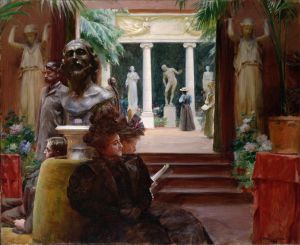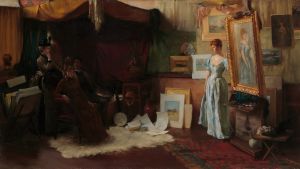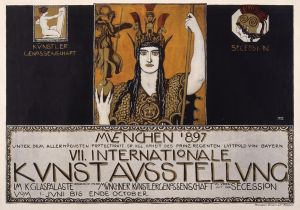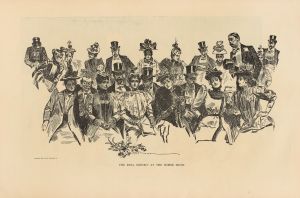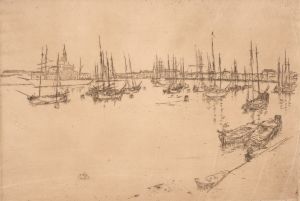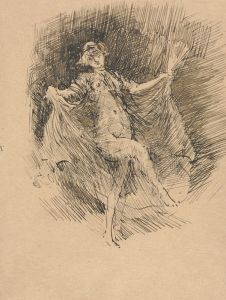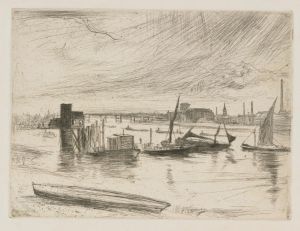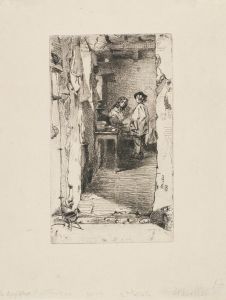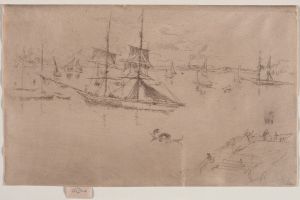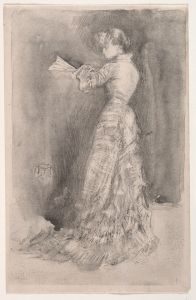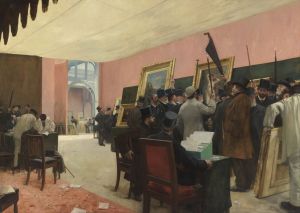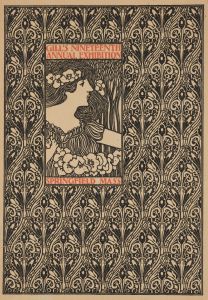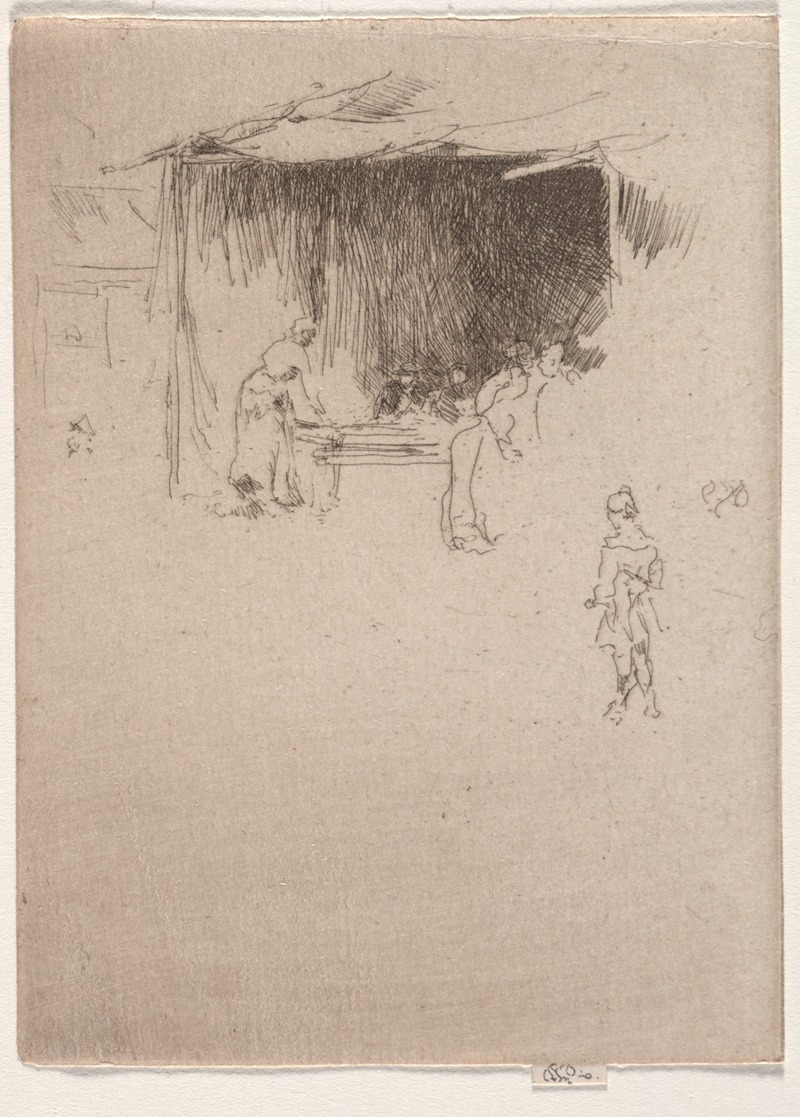
Booth at a Fair
A hand-painted replica of James Abbott McNeill Whistler’s masterpiece Booth at a Fair, meticulously crafted by professional artists to capture the true essence of the original. Each piece is created with museum-quality canvas and rare mineral pigments, carefully painted by experienced artists with delicate brushstrokes and rich, layered colors to perfectly recreate the texture of the original artwork. Unlike machine-printed reproductions, this hand-painted version brings the painting to life, infused with the artist’s emotions and skill in every stroke. Whether for personal collection or home decoration, it instantly elevates the artistic atmosphere of any space.
"Booth at a Fair" is a painting by the American-born artist James Abbott McNeill Whistler, known for his contributions to the Aesthetic Movement and his influence on the art world in the late 19th century. Whistler, who spent much of his career in Europe, is renowned for his innovative approach to art, emphasizing mood and color harmony over representational accuracy.
James Abbott McNeill Whistler was born on July 11, 1834, in Lowell, Massachusetts. He moved to Europe in his early twenties, where he became a pivotal figure in the art scenes of Paris and London. Whistler's work is characterized by his distinctive style, which often focused on the interplay of color and form, and his belief in "art for art's sake," a principle that suggests art should be appreciated for its beauty and emotional power rather than its narrative content.
"Booth at a Fair" exemplifies Whistler's interest in capturing the essence of a scene through subtle tonal variations and compositional balance. Although specific details about the painting's creation and exhibition history are limited, it is consistent with Whistler's broader body of work, which frequently explored themes of urban life and the fleeting nature of modernity. His paintings often depicted scenes of everyday life, rendered with a delicate touch and an emphasis on atmospheric effects.
Whistler's technique often involved a limited palette and a focus on the harmony of colors, which can be seen in "Booth at a Fair." This approach aligns with his broader artistic philosophy, which sought to evoke emotion and mood rather than provide a detailed narrative. His works are often compared to musical compositions, with each element carefully orchestrated to create a cohesive whole.
Throughout his career, Whistler was known for his innovative use of composition and his ability to capture the subtleties of light and shadow. His work had a significant impact on the development of modern art, influencing artists such as the Impressionists and later movements that prioritized abstraction and the exploration of color.
Whistler's legacy is also marked by his famous legal battle with art critic John Ruskin, which highlighted the tensions between traditional art criticism and emerging modernist approaches. This trial underscored Whistler's commitment to his artistic vision and his belief in the autonomy of the artist.
In summary, "Booth at a Fair" is a testament to James Abbott McNeill Whistler's artistic vision and his contribution to the evolution of modern art. Through his innovative techniques and dedication to the aesthetic experience, Whistler left an indelible mark on the art world, challenging conventions and inspiring future generations of artists.






